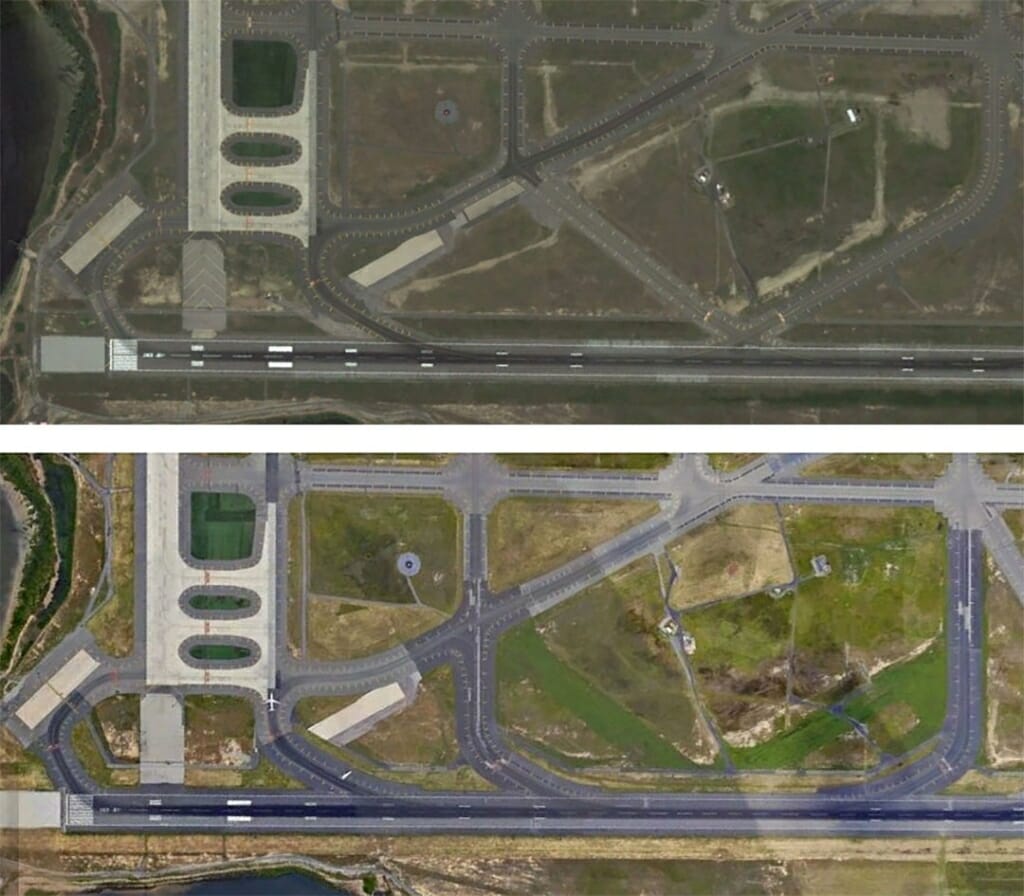
At various airports, the increasing aviation demand combined with its operational airspace, and land constraints, necessitates the optimization of daily operations. Primary runways are often used in a mixed operational mode to meet periods of high arrival and departure demand. During such periods, the performance of the runway largely depends on the runway occupancy time (ROT). A lower ROT allows the Air Traffic Controller (ATC) to squeeze in more arrivals between departures in a mixed operational model, helping the capacity of the airport.
DY Consultants was tasked to model High-Speed Exit Taxiway MD performance. The longest runway at John F. Kennedy International Airport (JFK), Runway 13R-31L was widened from 150 to 200 feet in 2011. A high-speed exit “MD” was also built between existing exits “MC” and “PA” for 31L departures. A year later, DY Consultants was tasked to evaluate the performance of “MD” high speed exit based on actual operational data. Using innovative data mining and analytical techniques, and aircraft geolocation data from Surface management systems like Aerobahn, DY Consultants assessed benefits of the exit taxiway using performance metrics such as exit utilization, ROT savings, taxi time savings and overall capacity increase.
